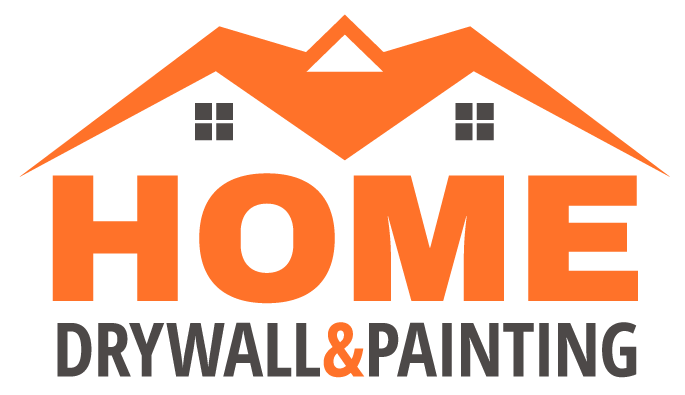
Let’s face it, you probably don’t spend a lot of time thinking about plaster. You know that it’s what they used to put on the walls before drywall was invented and think of it as just another old-timey building material. It’s not until your house starts showing signs of plaster issues that you realize how important it is! The good news is there are ways to tell if your plaster needs repair work done quickly by a professional contractor, especially if there are any signs that water may have gotten into your plaster walls or ceilings. Plaster Repair in Columbia Heights MN
Plaster vs. Drywall
Plaster is a mixture of lime and sand, while drywall is composed of paper and glue. Plaster is more porous than drywall, which makes it more susceptible to damage from water and moisture. Drywall can be made more fire-resistant than plaster, but it’s not as durable overall because it doesn’t last as long with repeated use.
The main difference between these two materials is that plaster walls are usually thicker than drywall walls (and thus harder to paint) while drywall walls are much easier to repair if they’re damaged at all. Because of this difference in durability, you may find yourself wanting to repair your drywall before worrying about repairing your plaster.
Flaking Paint Chips
If you notice that the paint has begun to chip or flake off, your plaster may be brittle and cracked. The same problems can occur if water damage, insects, or previous repairs have damaged the plaster and lath.
If this is the case, then it’s time for a new layer of paint. But before applying any new finish coat, repair any cracks in your existing layer with joint compound or spackling paste. If there are large holes in your wall where the plaster has fallen out, then you’ll need to remove all traces of old putty from around these openings—do this using a wire brush attachment on an electric sander.
Additionally, curling paint edges can be caused by either too much moisture or not enough humidity in your home during application (or both). Make sure that you keep windows open for ventilation when painting indoors, so that there aren’t any trapped pockets of hot air around where people are working—this could cause curls along edges that weren’t properly primed the first time around!
Mold Problems
It’s time for a professional contractor inspection. If you are noticing some of the following signs, it could mean that you have mold growing on your walls:
- There is an odor coming from the walls. This can be due to mold growth and mildew. The smell can be noticed more when you turn on your air conditioner or heater in the house during the summer or winter months.
- You see stains on the ceiling above where there is no moisture or damage visible from the outside. This may indicate that there are cracks in your roof as well as inside walls with drywall that needs repair due to water damage.
- Cracks appear on drywall surfaces after being located near plumbing-related areas such as showers or toilets; these cracks may also appear around door frames which are exposed to regular use throughout a typical day but remain relatively sealed off from humidity levels.
Bubbling or Peeling Wallpaper
Plaster damage is often caused by water damage. If you notice bubbles or peeling wallpaper, you may have a moisture problem in your home. Water damage can also cause mold and mildew to grow in the walls of your house, which is not only unsightly but can be dangerous to those who are allergic to it.
If you see plaster or drywall on the floor, this could indicate structural damage and should be repaired immediately by a professional contractor so that it doesn’t get worse. This also means that there was some sort of insect infestation—termites, for example—which will need treatment as well before they spread throughout the rest of your home’s structure.
Materials Have Delaminated
The first step to finding out whether your home’s plaster needs repair is to go look at it. If you see chunks of wood and plaster mixed up together on the floor of your attic, basement, or crawlspace, then there’s a good chance that these materials have delaminated—that’s an official-sounding term for when the plaster has fallen off its lath. (Lath is just what it sounds like: It’s the wooden framework that holds in place the material that forms our homes’ walls.)
Some experts suggest that if your home has experienced water damage or fire damage at any point in its history, then replacing some of these materials may be necessary before you start fixing up your house’s exterior surface details. For example, if a pipe burst and causes significant flooding, you might want to knock down all those walls before reframing them with new materials.
Hire a Professional Contractor
If you are worried about any of these things happening to your home, get in touch with a professional contractor today who can help you determine what is wrong and fix it before it gets worse. A professional will be able to tell you exactly how long it will take to fix the problem as well as give an estimate of how much it might cost. If there is significant damage done to your walls or ceilings from water damage, mold growth, or other issues that require professional attention then this may be an expensive repair job worth considering hiring an expert contractor for.
Plaster Repair in Columbia Heights MN
Hopefully, this article has helped you understand what is wrong with your walls before hiring a contractor. If it’s not too serious and you would like to save money on plaster repairs, try some of these tips! And if not, then let us know because we can help with that too! Contact us today at Home Drywall and Painting in Columbia Heights, Minnesota.
